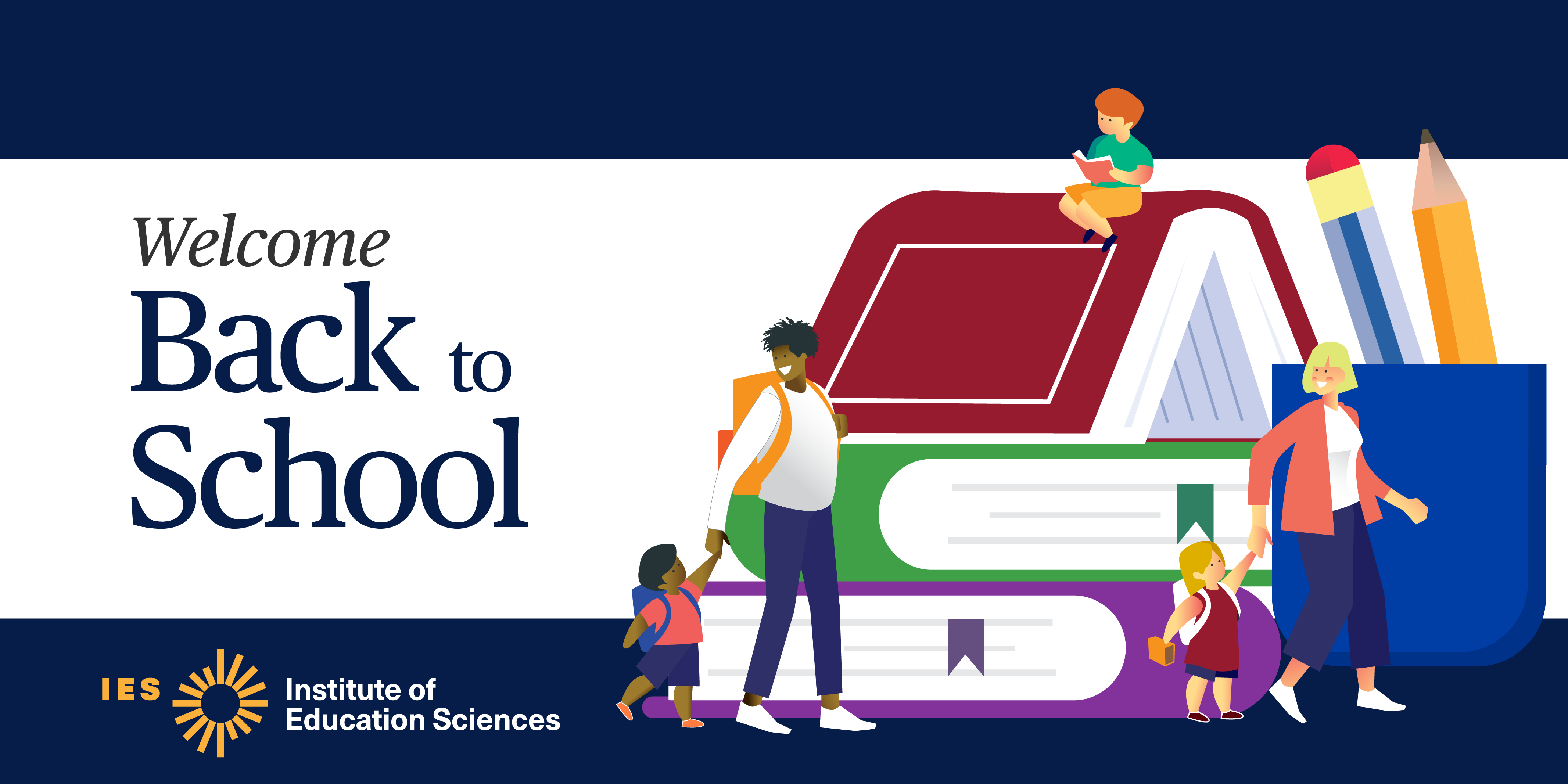Across the country, students are preparing to head back to school—whether in person, online, or through some combination of the two—for the 2021–22 academic year. Each year, the National Center for Education Statistics (NCES) compiles a Back-to-School Fast Fact that provides a snapshot of schools and colleges in the United States. Here are a few “by-the-numbers” highlights from this year’s edition.
Note: Due to the coronavirus pandemic, projected data were not available for this year’s Fast Fact. Therefore, some of the data presented below were collected in 2020 or 2021, but most of the data were collected before the pandemic began. Data collected in 2020 or 2021 are preliminary and subject to change.

48.1 million
The number of students who attended public elementary and secondary schools in fall 2020.
The racial and ethnic profile of public school students includes 22.0 million White students, 13.4 million Hispanic students, 7.2 million Black students, 2.6 million Asian students, 2.2 million students of Two or more races, 0.4 million American Indian/Alaska Native students, and 0.2 million Pacific Islander students.
Additionally, in fall 2017, about 5.7 million students attended private schools.
3.7 million
The number of students projected to have graduated from high school in the 2018–19 school year, including 3.3 million students from public schools and 0.4 million students from private schools.
43 percent
The percentage of fourth- and eighth-grade students who were enrolled in remote instruction in February 2021.
In comparison, in May 2021, 26 percent of fourth- and eighth-grade students were enrolled in remote instruction.
2.3 million
The number of teachers in public schools in fall 2019.
Additionally, in fall 2017, there were 0.5 million teachers in private schools.
$13,187
The current expenditure per student in public elementary and secondary schools in the 2018–19 school year.
Total current expenditures in public elementary and secondary schools were $667 billion for the 2018–19 school year.
19.6 million
The number of students that attended colleges and universities in fall 2019—lower than the peak of 21.0 million in 2010.
About 5.6 million attended 2-year institutions and 14.0 million students attended 4-year institutions in fall 2019.
11.3 million
The number of female postsecondary students in fall 2019.
In comparison, there were 8.4 million male postsecondary students in fall 2019.
7.3 million
The number of postsecondary students who were enrolled in any distance education course in fall 2019.
In comparison, there were 12.3 million students who were not enrolled in distance education in fall 2019.
Be sure to check out the full Fast Fact to learn more about these and other back-to-school data.
The staff of NCES and of the Institute of Education Sciences (IES) hopes our nation’s students, teachers, administrators, school staffs, and families have an outstanding school year!
By Megan Barnett and Sarah Hein, AIR